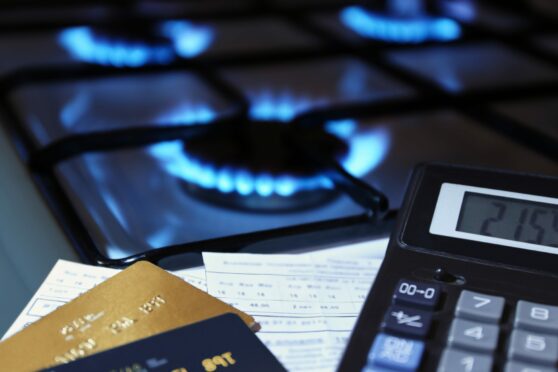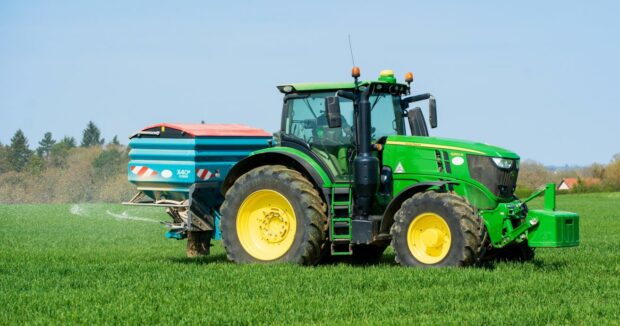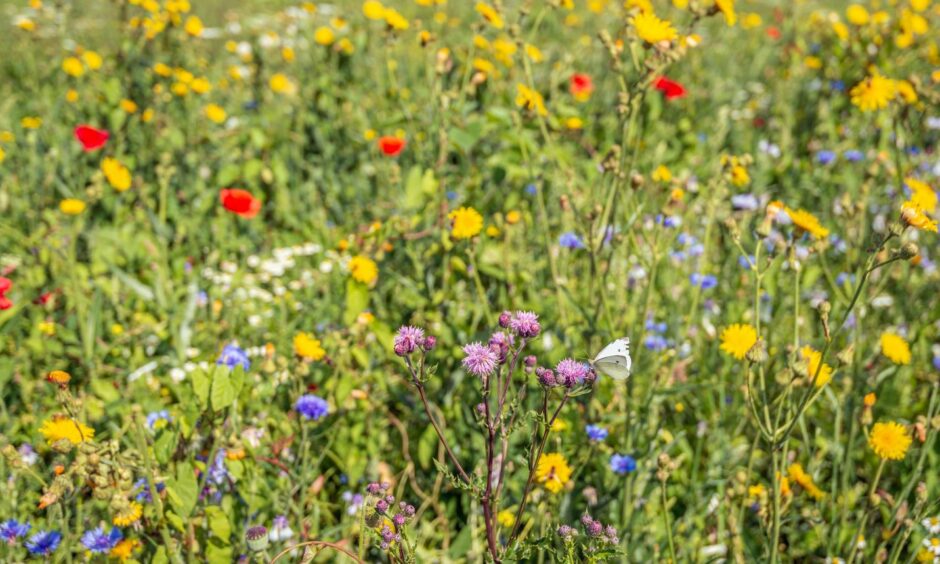Another new year, another Hogmanay cancelled, and people’s plans to travel or celebrate with friends and family have once again been disrupted.
Last year at this time the great hope was that the rollout of the Covid vaccine would signal the end of the crisis and a return to normality.
Instead, Omicron appeared out of South Africa sweeping through our population like wildfire.
Our First Minister Nicola Sturgeon or “Chief Mammy” as she is sometimes referred to by her critics took a tough line and promptly shut down much of the hospitality sector and the football.
Many folk I speak to are wearying and resentful of the tougher restrictions being imposed here in Scotland.
As one lady said to me: “I have taken all the Covid jabs including the booster and the flu to protect me and yet we are locked down to save the NHS from being overwhelmed by those who are predominately unvaccinated taking seriously ill.”
However, amongst the gloom of Covid there are some bright spots ahead.
Latest studies show that the number of people taking seriously ill with Omicron appears to be much reduced and booster vaccines offer really high levels of protection against the new variant.
As a result, many experts are now predicting that we are in the final stages of Covid being a pandemic and it is likely to become endemic in the same way as flu and the cold.
We can only hope and pray they are right and that 2022 is the last year of living with the threat of lockdown and disruption hanging constantly over our heads.
Record prices
For the farming industry 2021 has ended on a high with livestock, milk and cereal prices rising to record highs with the one exception being the pig sector.
With commodity prices and inflation surging to record levels the big challenge facing farmers in 2022 will be trying to squeeze out a margin in the face of rapidly rising input costs.
The biggest headache is the price of fertiliser and the lack of availability of the product.
The root cause of the fertiliser shortage is record high gas prices in Europe, which has led to many UK and EU fertiliser plants shutting down because of the impact on margins.
The inflated cost of gas has also led to more than 30 UK energy companies going bust and the industry is predicting household bills are likely to double from April triggering a cost-of-living crisis for many families.
The energy crisis is particularly severe both in the UK and Europe because of our heavy reliance on imported gas from Russia giving President Putin substantial leverage in the EU marketplace.
As Brian Wilson, a former UK energy minister, recently pointed out – this crisis has come about because of energy policy failures.
Since 2009 the EU has set tough targets to cut carbon emissions in the energy sector.
To achieve that environmental goal, coal-fired power stations were shut, wind power was dramatically increased, and we switched to cheap imported gas to provide the base load.
That led to a 10% decline in EU energy production and left us heavily reliant on imported gas to make up the difference especially when the wind doesn’t blow.
That policy leaves the UK and Europe highly vulnerable to energy shortages and exposed to large price spikes such as we are experiencing today.
Farm policy concern
What really concerns me is that failed EU energy policy is about to be replicated in the drive to make agriculture more sustainable.
The EU Farm to Fork strategy sets targets to cut nitrogen use by 20%, pesticide use by 50% and switch millions of hectares of land over to organic production to meet its environmental goal of net-zero by 2050.
In every independent study these policies are predicted to cut EU food production by well over 10% with imports filling the gap.
EU Vice President Timmermans who is championing these food policies is unrepentant claiming that productivity growth must be sacrificed for sustainability.
In the UK it is a similar story with the new English agriculture policy absolutely focused on the environment and trade policy geared to bring in more imports.
Here in Scotland, NFU Scotland is deeply concerned that large-scale forestry planting on good productive land fuelled by organisations wanting to offset their carbon emissions is going to reduce our ability to produce food.
Unfortunately, the debate on how to make our food production systems more sustainable is completely polarised in the UK and Europe.
The default position of so many of our politicians seems to be intensive agriculture is bad, and organic/extensive agriculture is good.
That blindly ignores the fact that it is intensive agriculture that produces the vast bulk of the food we eat.
Surely it is time for a more balanced and nuanced debate on the way forward.
Yes, we need to make our food systems more sustainable, but we also need to maintain the ability to feed our own population instead of leaving us heavily reliant on imports.
As the energy crisis shows this is not a wonderful place to be in.
- George Lyon is a former MEP and a former president of NFU Scotland. He is a senior consultant for Hume Brophy.


